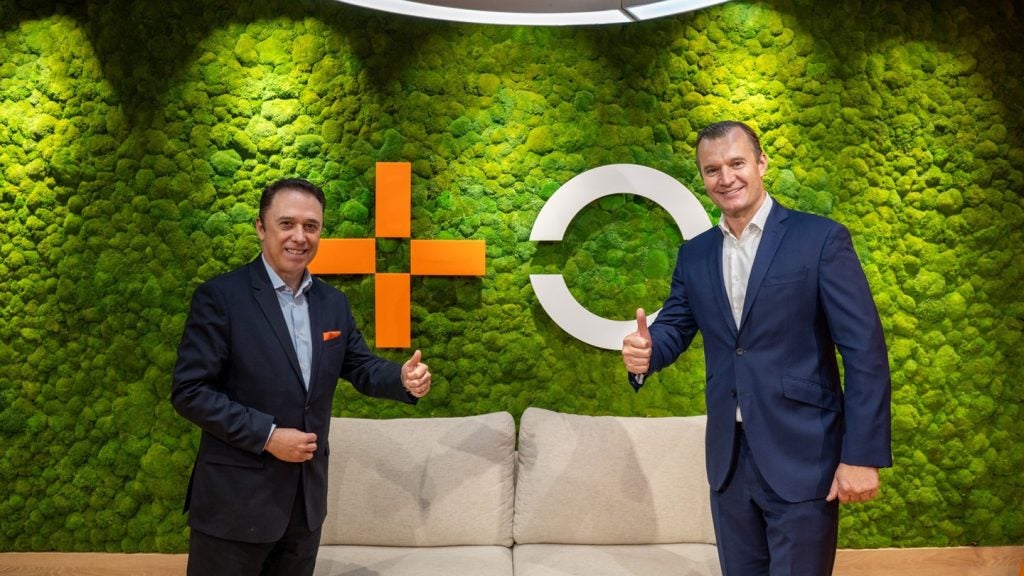Teradyne has filed a patent for a system that enables contactless coupling between circuit boards to transmit electrical energy and reconstruct digital signal edges. The system utilizes conductive traces on two circuit boards within a predefined distance to produce a transient response based on the edge of the digital signal. Circuitry is then used to reconstruct the edge based on this response. GlobalData’s report on Teradyne gives a 360-degree view of the company including its patenting strategy. Buy the report here.
According to GlobalData’s company profile on Teradyne, Robot path planning was a key innovation area identified from patents. Teradyne's grant share as of September 2023 was 54%. Grant share is based on the ratio of number of grants to total number of patents.
Contactless coupling system for transmitting digital signals between circuit boards
A recently filed patent (Publication Number: US20230280393A1) describes a system that enables contactless coupling between circuit boards to transmit electrical energy and reconstruct digital signals. The system includes a first circuit board with conductive traces for conducting digital signals, and a second circuit board with conductive traces positioned within a predefined distance of the first conductive trace. This contactless coupling allows electrical energy on the first conductive trace to manifest on the second conductive trace as a transient response based on the edges of the digital signal. Circuitry on the second circuit board is then used to reconstruct the edges based on the transient response.
The system also includes a backplane that connects the first and second circuit boards, allowing electrical energy to pass directly from the first conductive trace to the second conductive trace without passing through the backplane. This configuration helps reduce electromagnetic interference and maintain digital signal fidelity.
In addition, the system supports differential transmission lines, where the first conductive trace is part of a first differential transmission line and the second conductive trace is part of a second differential transmission line. This allows for the transmission of second edges on the third conductive trace, which are within a predefined distance of the fourth conductive trace on the second circuit board. The circuitry is configured to reconstruct at least part of the digital signal based on the second transient response.
The circuitry in the system includes a receiver to receive the transient response, and the predefined distance between the conductive traces is based on factors such as the sensitivity of the receiver, the width of the conductive traces, and the electrical energy level of the digital signal.
The patent also describes various additional features, such as the use of a buffer to hold outputs at logic high or low levels based on the transient response, the inclusion of a feedback circuit to maintain logic high levels until a negative transient response is received, and the use of an amplifier to increase the signal level of the transient response before reconstructing the edges.
Overall, this patent presents a system that enables contactless coupling between circuit boards to transmit electrical energy and reconstruct digital signals, with potential applications in automatic test equipment (ATE) and other fields.
To know more about GlobalData’s detailed insights on Teradyne, buy the report here.
Data Insights
From

The gold standard of business intelligence.
Blending expert knowledge with cutting-edge technology, GlobalData’s unrivalled proprietary data will enable you to decode what’s happening in your market. You can make better informed decisions and gain a future-proof advantage over your competitors.







